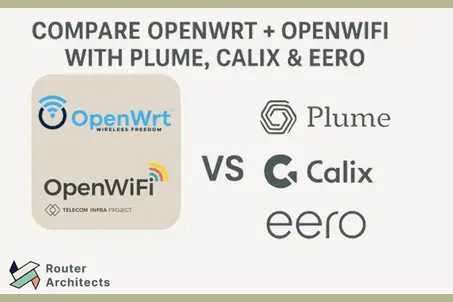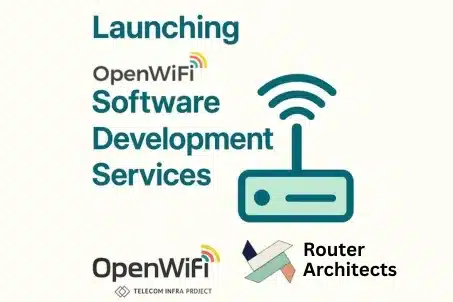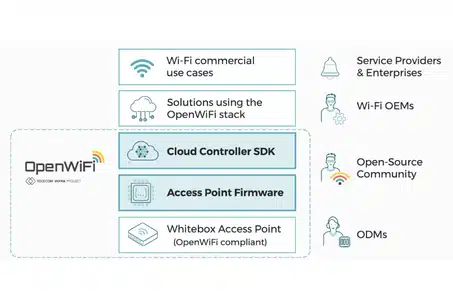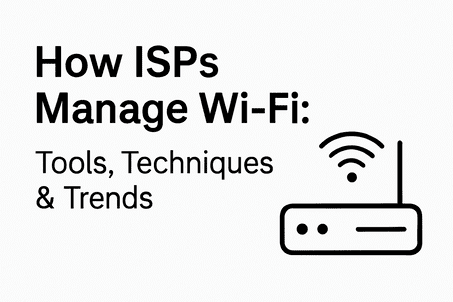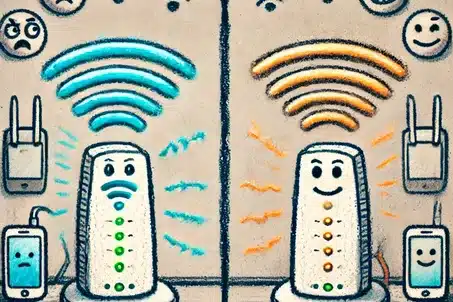In the world of home and enterprise Wi-Fi, the phrase “just turn up the power” has become a common reflex to resolve coverage issues. But at Router Architects, we’ve seen firsthand how this approach can lead to sub-optimal network performance, increased interference, and user dissatisfaction.
Let’s break down why increasing transmit power is rarely the silver bullet it appears to be—and how smarter, AI-driven approaches are transforming home Wi-Fi for ISPs and end-users alike.
The Problem With High Transmit Power
At first glance, increasing the transmit (TX) power of a Wi-Fi access point (AP) seems like a straightforward way to extend range. But Wi-Fi communication is a two-way street—if your AP can shout but your client devices can only whisper, communication breaks down.
Here’s what commonly goes wrong:
- Signal Asymmetry
Most client devices (smartphones, laptops) operate at lower TX power than access points. When APs transmit at high power, they can “hear” clients, but the clients can’t reply. This creates one-way communication failures that are frustrating and difficult to diagnose. - Increased Interference
High-power APs spill into adjacent channels and neighboring cells, increasing co-channel and adjacent-channel interference. This degrades the performance of surrounding networks, especially in high-density urban and apartment settings. - Roaming Issues
Client devices tend to cling to stronger signals. If one AP’s TX power is too high, devices may stay connected even when another AP offers better performance. This results in poor roaming decisions, higher latency, and dropped connections. - Battery Drain on Devices
Client devices tend to cling to stronger signals. If one AP’s TX power is too high, devices may stay connected even when another AP offers better performance. This results in poor roaming decisions, higher latency, and dropped connections. - Hidden Node Problem
Client devices tend to cling to stronger signals. If one AP’s TX power is too high, devices may stay connected even when another AP offers better performance. This results in poor roaming decisions, higher latency, and dropped connections. - Regulatory Compliance Risks
Client devices tend to cling to stronger signals. If one AP’s TX power is too high, devices may stay connected even when another AP offers better performance. This results in poor roaming decisions, higher latency, and dropped connections.
Best Practices for Transmit Power Tuning
Instead of defaulting to maximum power, here’s how to build smarter, more resilient Wi-Fi networks:
✅ Match Power to Client Capabilities
Align AP transmit power with the average client device. This creates balance and improves bidirectional communication.
✅ Reduce Power in High-Density Areas
In environments with multiple APs, lowering transmit power reduces interference and facilitates smoother roaming.
✅ Use Dynamic Transmit Power Control (TPC)
Modern APs—and platforms like ours—can automatically adjust TX power in real-time based on environmental noise, client distribution, and channel utilization.
✅ Design for Seamless Roaming
Ensure secondary AP signals hover around -67 dBm to -70 dBm RSSI. This encourages proactive client handoffs and uninterrupted connectivity.
✅ Be Cautious with 2.4 GHz
Always avoid max TX power on 2.4 GHz unless absolutely necessary. Its greater propagation can interfere across floors and walls more than desired.
How Router Architects Helps ISPs Get It Right
At Router Architects, we bring together deep expertise in open-source router platforms (OpenWrt, OpenSync, RDK-B, OpenWiFi) and powerful, cloud-based management tools tailored for ISPs.
Our platform enables:
-
Remote transmit power adjustments via cloud
-
Dynamic channel and power optimization through AI agents
-
Real-time performance analytics for proactive network tuning
-
Automated roaming and mesh tuning
-
Subscriber-level self-care portals to reduce support overhead
We even offer a fully open-source-based alternative to Plume—giving ISPs the freedom to cut down costs and stay vendor-neutral while still delivering premium performance to end users.
Conclusion: Smarter Wi-Fi Starts With Smarter Power Management
Wi-Fi quality isn’t about brute force. It’s about balance, intelligence, and adaptability. By tuning transmit power thoughtfully, you reduce interference, improve roaming, and deliver a seamless user experience.
Want to learn more about how we help ISPs transform their Wi-Fi services?
👉 Contact us or explore our Wi-Fi management platform to see how you can offer smarter, cost-effective solutions to your customers.

